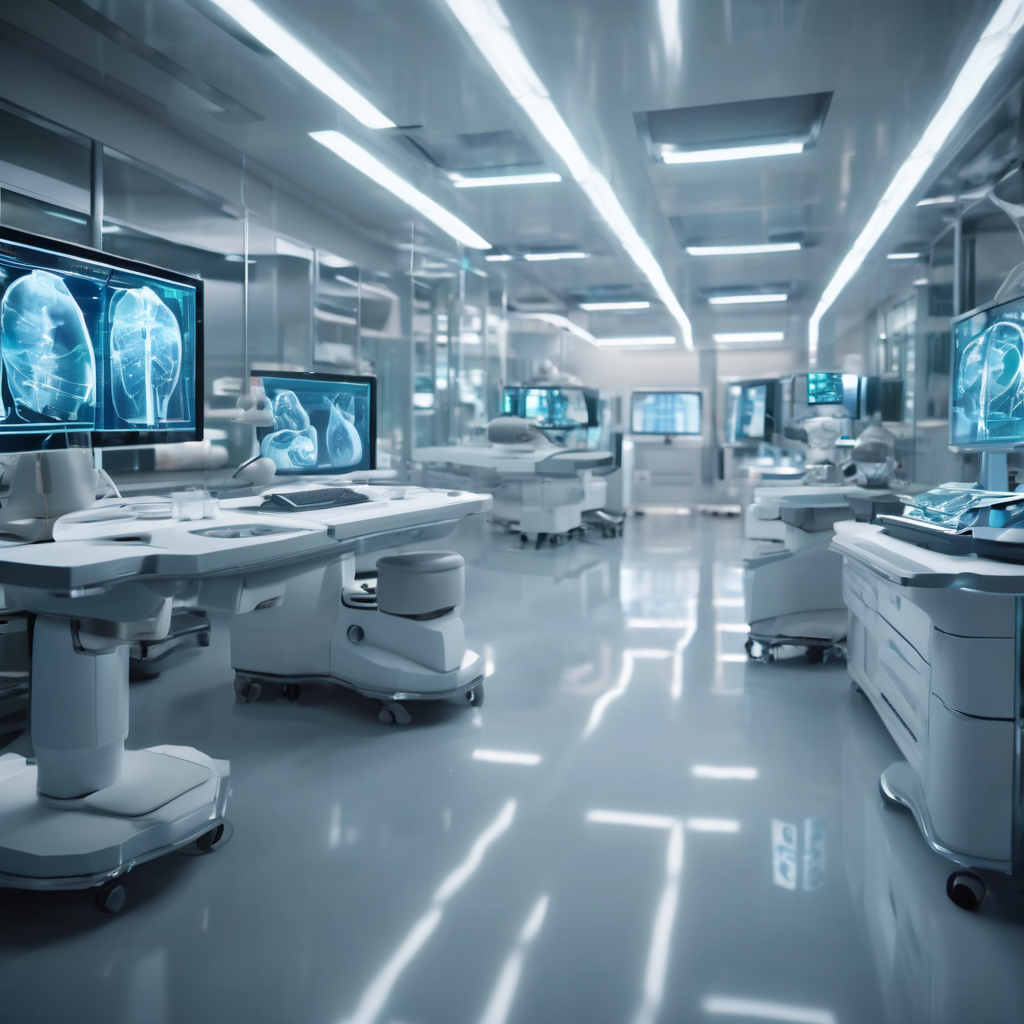
In recent years, the medical field has undergone a significant transformation driven by advancements in artificial intelligence (AI), especially AI video recognition systems. These systems are increasingly employed to analyze complex medical imaging data—such as X-rays, MRIs, CT scans, and other diagnostic images—with remarkable precision and speed. The use of AI-driven video recognition tools has the potential to revolutionize diagnostic processes, enable early disease detection, and improve patient care outcomes. Medical imaging is essential for diagnosing numerous conditions, ranging from fractures and tumors to neurological and cardiovascular diseases. Traditionally, interpreting these images relies heavily on the expertise of radiologists and specialists. However, the vast volume of imaging data produced daily and challenges such as human error and subjective judgment emphasize the need for more efficient and reliable diagnostic methods. AI video recognition systems utilize sophisticated algorithms, including deep learning and neural networks, trained on massive datasets comprising thousands or millions of labeled medical images. This training enables the AI to recognize patterns associated with various medical conditions. By analyzing new images, AI can detect subtle anomalies potentially missed by the human eye, facilitating earlier and more accurate diagnoses. One main advantage of integrating AI in medical diagnostics is its ability to improve the accuracy and consistency of interpretations. Research has shown that AI-assisted diagnostic tools can achieve sensitivity and specificity comparable to—or sometimes exceeding—that of experienced radiologists. For example, in identifying lung nodules, diabetic retinopathy, or breast cancer lesions, AI systems have demonstrated high true positive rates, reducing false negatives and increasing diagnostic confidence. Additionally, AI-driven video recognition accelerates the diagnostic workflow. Automated image analysis enables quicker processing, allowing healthcare providers to deliver timely diagnoses and commence urgent treatments when necessary.
This is especially valuable in emergency settings or areas with limited specialized radiologists, helping reduce patient wait times and alleviate medical professionals' workloads. Importantly, AI integration is designed to augment rather than replace clinicians. By providing an extra layer of analysis, AI serves as a decision support tool that helps practitioners make more informed, objective assessments. This collaborative approach enhances diagnostic accuracy, decreases variability among different readers, and supports personalized treatment planning. Moreover, AI video recognition technologies are rapidly advancing, incorporating multimodal data—such as patient histories, lab results, and imaging—to offer comprehensive diagnostic insights. Advanced systems can track disease progression over time by comparing sequential imaging studies, aiding in treatment evaluation and prognosis. Despite these promising benefits, challenges remain for widespread AI adoption in medical diagnostics. Concerns about data privacy, algorithm transparency, and the necessity for rigorous clinical validation are key issues. Regulatory bodies and healthcare institutions are actively developing standards and guidelines to ensure the safe, ethical clinical implementation of AI technologies. Ethical considerations also encompass potential biases in AI models, stemming from training data that may not adequately represent diverse patient populations. Ongoing research aims to create unbiased algorithms and equitable healthcare solutions so that technological advancements benefit all demographic groups fairly. In conclusion, implementing AI video recognition systems in medical imaging represents a transformative step toward more accurate, efficient, and personalized healthcare. By enhancing anomaly detection and supporting diagnosis across numerous conditions, AI is poised to substantially improve patient outcomes. As this technology matures and becomes seamlessly integrated into clinical workflows, it promises to revolutionize medical diagnostics, empower healthcare professionals, and ultimately save lives.
Revolutionizing Medical Diagnostics with AI Video Recognition Systems


Nvidia has officially announced the launch of its latest AI chipsets, representing a major advancement in machine learning and artificial intelligence technology.

Ingram Micro Holding has issued its fourth-quarter 2025 earnings guidance, projecting net sales between US$14.00 billion and US$14.35 billion.

Snap Inc.

The AI Center at SMM 2024 will be a central hub for innovation and transformation, highlighting the crucial role artificial intelligence (AI) plays in the maritime industry's ongoing digital evolution.

Profound, a technology company specializing in AI search optimization, has secured $20 million in a Series A funding round led by Kleiner Perkins, with participation from NVIDIA’s venture arm and Khosla Ventures.

Stocks experienced their first weekly losses in three weeks on Friday, as investors pulled back amid concerns over the soaring valuations of artificial intelligence companies.

Vista Social has achieved a significant advancement in social media management by integrating ChatGPT technology into its platform, becoming the first tool to incorporate OpenAI’s sophisticated conversational AI.
Launch your AI-powered team to automate Marketing, Sales & Growth

and get clients on autopilot — from social media and search engines. No ads needed
Begin getting your first leads today